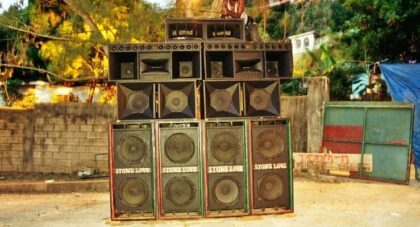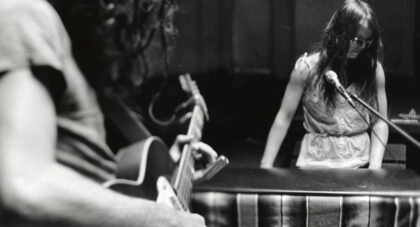No Neck Blues Band existed at the polar opposite of what these days can feel like over-sanitized accessibility and extreme exposure to everything-all-the-time. As longtime fans, we felt checking in with some of the members could not come at a more crucial moment . . .
Only the good shit. Aquarium Drunkard is powered by its patrons. Keep the servers humming and help us continue doing it by pledging your support.
To continue reading, become a member or log in.


